
Amy and I recently got an invite to attend Abbot’s FreeToDream event as bloggers but unfortunately we couldn’t attend, so I offered Abbott the opportunity for any of the attendees who wanted to to write a guest blog about their use of Libre or the FreeToDream event.
DISCLOSURE:
Abbott have had no involvement in this article, the words are Joanne’s and only Joanne’s.
No goods/money/services have been received for this article, but in true transparency I can say that Amy will be doing a trial of the Libre and we will blog about that later.
Anyway, here’s Joanne and her story, in her own words…
Our family
Firstly I wanted to introduce my Family. My name is Joanne, I have a husband Graham & we have 3 fantastic kids; Morgan who’s 14, really smart and loves cheer leading; Lily, who is 13 and a competitive gymnast; Archie “the warrior”, who lives and breathes lacrosse and loves being outdoors.

Morgan

Morgan scans her Libre sensor
When Morgan was in year 6, aged 10 ¾ she was diagnosed with type 1 diabetes. It was such a shock I can’t tell you! I didn’t even know what diabetes was if I am honest. At the time I was working full time for Northpoint Mortgage Lenders as a mortgage advisor, but the reality of having to learn all about the illness, the demands, the time off needed, understanding carb counting, insulin ratios and all the new technology that went with diabetes, and not to mention the grief of the life I thought it had taken from her.
It was too much, I gave up work to be the best carer I could be and worked hard to achieve the best outcome from anything the hospital would give me. I read everything, I joined a support group and I took every opportunity to make it as easy for Morgan as possible.
I managed to get in some kind of routine after a year, and found we had accepted it and it would not define her. We got her on a pump and even tried Dexcom from the hospital, but to be honest when we took a well-earned family holiday, the alarms nearly drove me crackers!
Archie

Archie finds it easy to scan his Libre sensor
In June 2012 Archie wet the bed a couple of times (he had been dry since he was 2), I did a quick keytone test as anyone who is ill in my house gets one! But I never expected it to be positive, he was 4+ and a further blood sugar test on Morgan’s meter scarily showed he was HIGH, not even reading what a lab test told us later was 33mmols! My husband was in shock, he kept saying it couldn’t be true.
Archie was scared and by midnight we were in bed in the treehouse at Stepping Hill having those first doses of insulin! He coped amazingly doing his own first jab within 24 hours and I asked to go home straight away the next day so we could process it as a family. The scales were already in play in the kitchen and the double carb counting began.
Trying Abbott’s Freestyle Libre

Morgan checks her glucose levels over the last 8 hours
The sleepless nights have been horrendous, if one is high the other is low, I check them about 3 times per night, but it’s OK because sleep is for wimps !!
A friend told me about Freestyle Libre so I instantly read up and liked what I saw. I put my name on the waiting list and hoped for the best.
We were the most excited we have ever been to see the postman when it arrived.
I wish I could say we didn’t love it straight away – because it was so expensive – but we did.
Almost immediately it became a permanent fixture for both children.The knowledge was power instantly. Seeing the graph that was like a mountain range at best, it was a challenge, so I rolled my sleeves up and got stuck in, a bit at a time working out why it was high or low, picking away at it to make it better, taking back some control. We started pre bolusing breakfast a few minutes a day till we lost the spike and just carried on from there.
Money well spent
A recent high point was Archie’s hospital appointment where the consultant looked in awe at the flat night graphs for 5 days in target range and reported that his HBA1c had dropped from 60 to 52 – all the money we had spent had been worth it!
Morgan’s first appointment went well too – HbA1c has dropped from 69 to 62 (7.8%) – she loves the FreeStyle Libre – proudly doing corrections to achieve a better graph and beat Archie!
A quick video of Archie having a new sensor put on
httpv://www.youtube.com/watch?v=iT3FNRUxqUY
The FreeToDream sleepover at the London Planetarium

Archie scans again, it’s so easy
The icing on the cake was a message from Abbott Diabetes Care, saying that Archie has been selected to join an educational sleepover, the first I am aware of for children with type 1 diabetes, at the London Planetarium! I didn’t even tell him I had entered because I can’t even win a cracker! I couldn’t wait to pick him up and tell him. He has always wanted to go to London so even this was a dream come true for him but it was so expensive to take the whole family. So we ordered an oyster card, studied the tube map and off we went.
When we arrived at the Planetarium diabetes suddenly became the new normal, sugar free drinks on top of the table, hypo drinks below, everyone counting carbs and doing injections. The FreeStyle Libre came into its own again as Archie kept me updated with his scans and couldn’t wait to get off with his new friends and join in the fun. The trip to the stars was sensational, I don’t know about Archie but I felt as excited as a 10 year old after that!
The kids escaped to play games and carry out science experiments, and we found out about the problems we may have with teenagers living with type 1 diabetes. It was hard for some to hear but having Morgan, although she is very sensible, gave great insight into the teenage diabetics mind.
Night-time at the Planetarium was no different to my house, we started with a hypo and soon settled after a bit of Lucozade and a sleepy biscuit.
So in conclusion…
The relief of having a 10 second blood sugar with no pain can’t be measured, and I will do anything to keep it for them.
Archie’s FreeStyle Libre has given him freedom to take control over his diabetes. He can play lacrosse safely 3-4 times per week, as with a quick scan and a jelly baby there is no stopping him.
I can do three lightning scans a night spread over 2 bedrooms and get back to bed before the pillow goes cold.
And Morgan can check her blood quicker than her snapchat!
It’s all good here!
 Last night’s clinic appointment was the quickest one ever, not that time is a measure of a successful appointment, but it felt really nice. Normally Amy has great chats and lot of time with her normal Consultant but this time she had a Doctor she’s only seen once, some time ago.
Last night’s clinic appointment was the quickest one ever, not that time is a measure of a successful appointment, but it felt really nice. Normally Amy has great chats and lot of time with her normal Consultant but this time she had a Doctor she’s only seen once, some time ago.
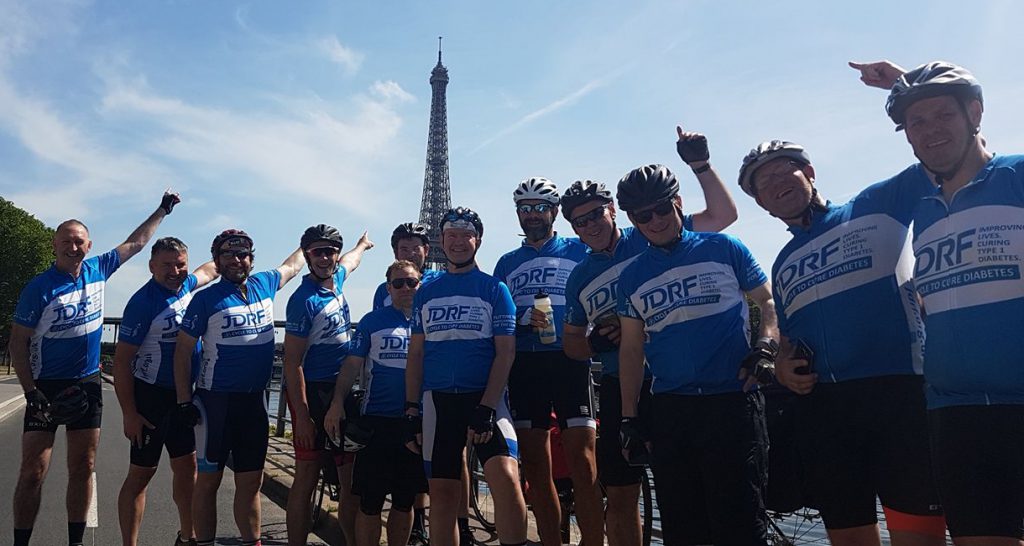

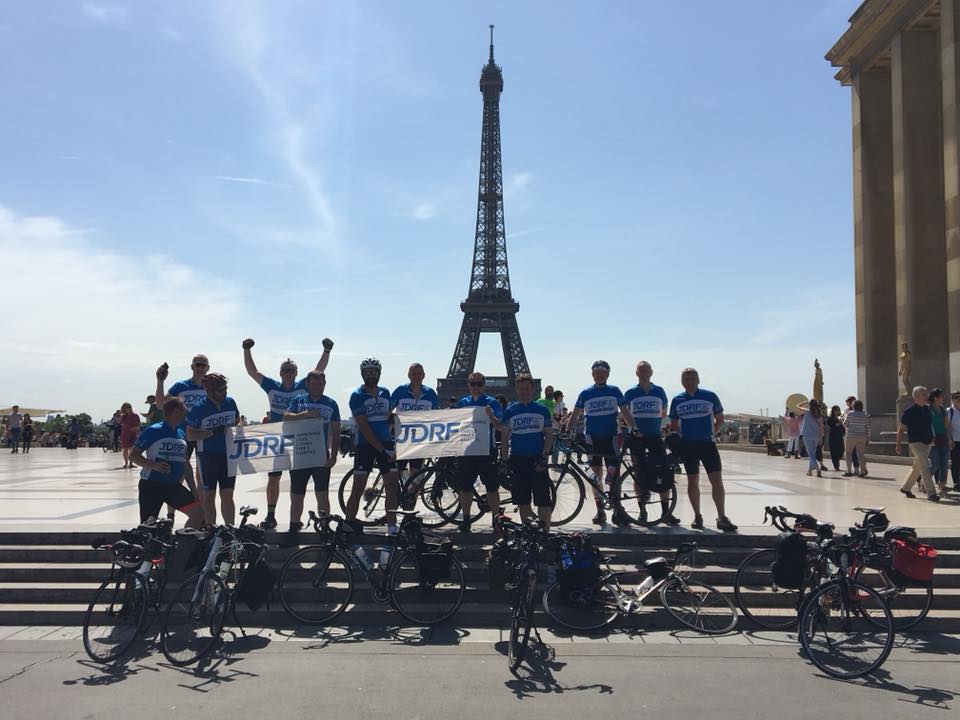

 It still wasn’t the right time for Amy, so I waited, applied no pressure and just hoped one day she’d ask to use it.
It still wasn’t the right time for Amy, so I waited, applied no pressure and just hoped one day she’d ask to use it.

 Sienna wearing her first Dexcom G4 sensor
Sienna wearing her first Dexcom G4 sensor Sienna has an awful hypo
Sienna has an awful hypo




 Morgan scans her Libre sensor
Morgan scans her Libre sensor Archie finds it easy to scan his Libre sensor
Archie finds it easy to scan his Libre sensor Morgan checks her glucose levels over the last 8 hours
Morgan checks her glucose levels over the last 8 hours Archie scans again, it’s so easy
Archie scans again, it’s so easy
 Through INPUT Diabetes I got a chance to get to see the Palace of Westminster for the first time AND talk about diabetes tech to anyone prepared to listen. Two birds, one stone, what could have been better. Well actually I attended another great event afterwards too – blog coming soon – , so three birds, one stone, if that’s a thing.
Through INPUT Diabetes I got a chance to get to see the Palace of Westminster for the first time AND talk about diabetes tech to anyone prepared to listen. Two birds, one stone, what could have been better. Well actually I attended another great event afterwards too – blog coming soon – , so three birds, one stone, if that’s a thing.


 My MP, Mim Davies, returned for a chat and we spent a long time talking about the medical tech which is life changing for Amy, how we get some of it from the NHS and how we self fund CGM. I couldn’t help but show her Amy’s glucose readings on my Pebble watch and go into (probably too much) detail about how Nightscout is an unfunded parent driven group with 15000 worldwide families using Open Source software. Mim seemed quite impressed with the whole thing. We chatted in general about Type 2 Diabetes as through my research I knew Mim had recently met with Jamie Oliver about the sugar tax proposal and I mentioned that this would cost people with Type 1 Diabetes more as sugary drinks are also life saving medicine when hypo.
My MP, Mim Davies, returned for a chat and we spent a long time talking about the medical tech which is life changing for Amy, how we get some of it from the NHS and how we self fund CGM. I couldn’t help but show her Amy’s glucose readings on my Pebble watch and go into (probably too much) detail about how Nightscout is an unfunded parent driven group with 15000 worldwide families using Open Source software. Mim seemed quite impressed with the whole thing. We chatted in general about Type 2 Diabetes as through my research I knew Mim had recently met with Jamie Oliver about the sugar tax proposal and I mentioned that this would cost people with Type 1 Diabetes more as sugary drinks are also life saving medicine when hypo.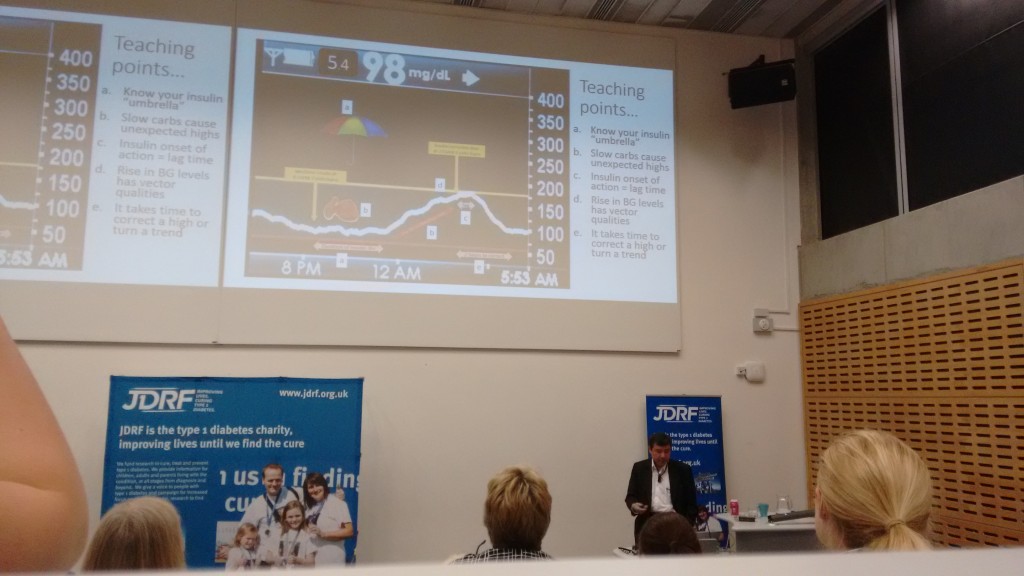

 Nightscout graph sample over 36 hours
Nightscout graph sample over 36 hours
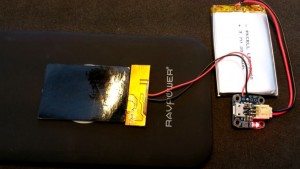
 A graph from a Nightscout website showing
A graph from a Nightscout website showing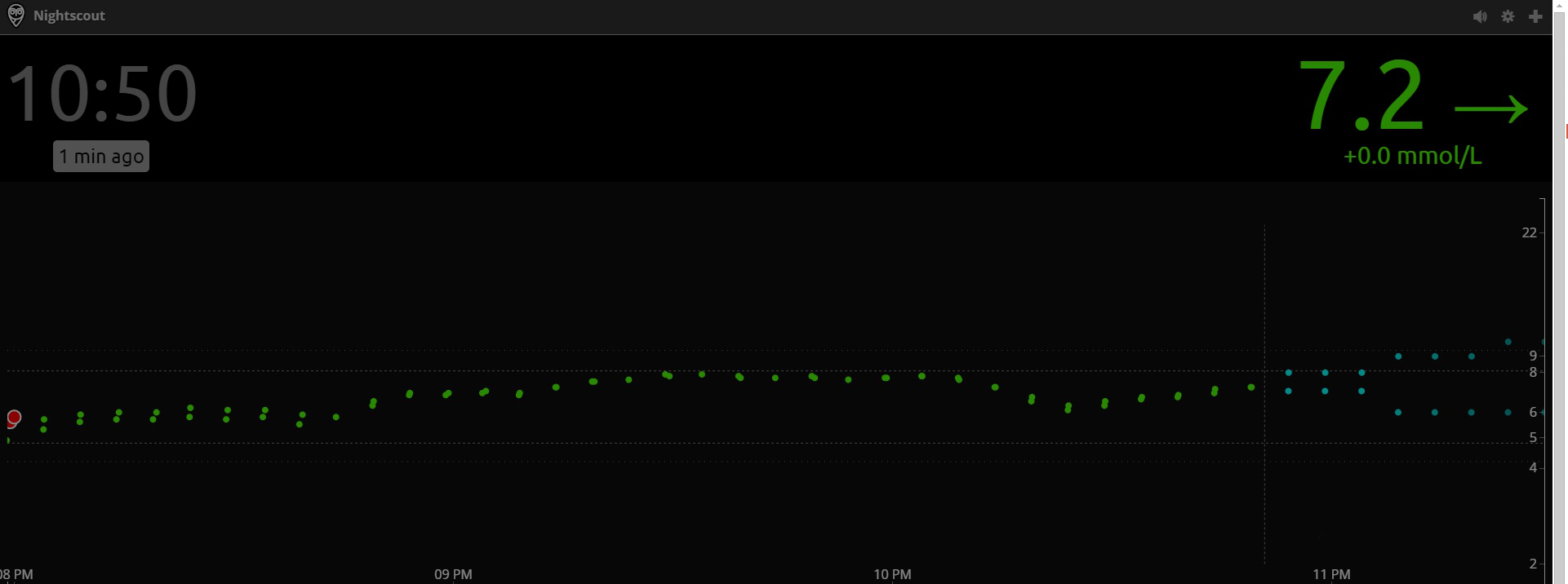






 Once the software has been loaded on the Wixel (see video on previous post) you will need to install the software on your Android phone/tablet which will read the data from the xDrip device.
Once the software has been loaded on the Wixel (see video on previous post) you will need to install the software on your Android phone/tablet which will read the data from the xDrip device.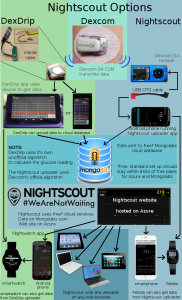 My last three xDrip posts (
My last three xDrip posts (